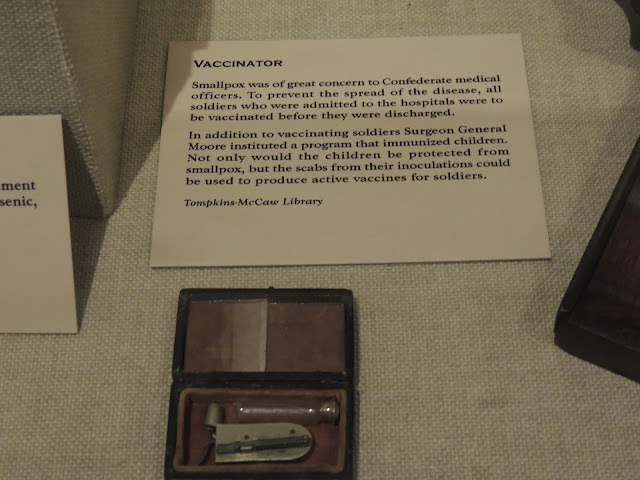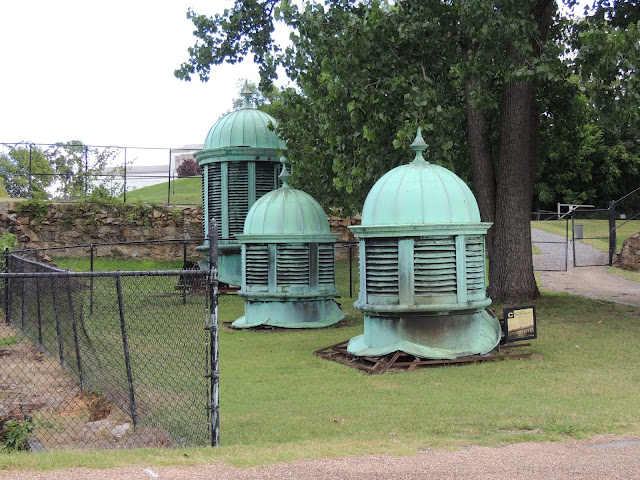 |
Tredegar Iron Works
City of Richmond
Department of Community Development
|
Named for the famous iron works at Tredegar, Wales, Tredegar Iron Works opened in 1837 and stood as Richmond's foremost business concern for more than a century. The city’s location next to a waterpower source, its proximity to working coalfields, and the development of the railroad industry in the 1830's and 1840's, made Richmond the iron and coal center of the South. Iron ore was brought to the city from western Virginia via the James River and Kanawha Canal, which ran past Tredegar.
The iron works' rise to prominence began in 1841, when Joseph R. Anderson first became associated with what then was a nearly bankrupt enterprise. In the middle of a period of severe depression in the American iron industry, Anderson brought Tredegar a measure of prosperity. By 1854, Anderson purchased the facility outright from its shareholders, and J. R. Anderson and Co. supplanted the Tredegar Iron Company to become one of the largest and best-equipped foundries in the nation. The facility manufactured a diverse array of products, including cannon and ordnance for the government, locomotives, and equipment for sugar mills.
The onset of the Civil War in 1861 meant a steady workload for Tredegar. The Confederate authorities selected Richmond as the capital of the Confederacy that year, in part because of Tredegar's irreplaceable value to the fledgling nation. Shortages of both raw material and skilled labor kept Anderson's operation from functioning at full capacity during the war years; nonetheless, Tredegar produced more than 1,000 cannons for the Confederacy. It also made armor plating for use on Confederate ironclad warships, including the famous CSS Virginia. Anderson's shops experimented with submarines, cannon designs, and countless other projects associated with the southern war effort.
Although Anderson survived the Civil War and the collapse of the Confederate government, the financial panic of 1873 and the increasing prevalence of steel over iron brought about the gradual demise of his 19th-century industrial complex. The iron works continued production until 1952, when a fire destroyed the majority of its buildings. Three antebellum buildings have been salvaged and restored: a small office building, a pattern shop, and the much larger cannon foundry that dates from 1861.
Some stabilization and restoration work on Tredegar occurred in the 1970's, and in 2000, the National Park Service developed Tredegar into its primary visitor center for the Richmond-area Civil War battlefields. In 2006, a private nonprofit museum opened in the cannon foundry, now called The American Civil War Museum at Historic Tredegar. The museum tells the story of the Civil War from Union, Confederate, and African American perspectives.
|



































































































































